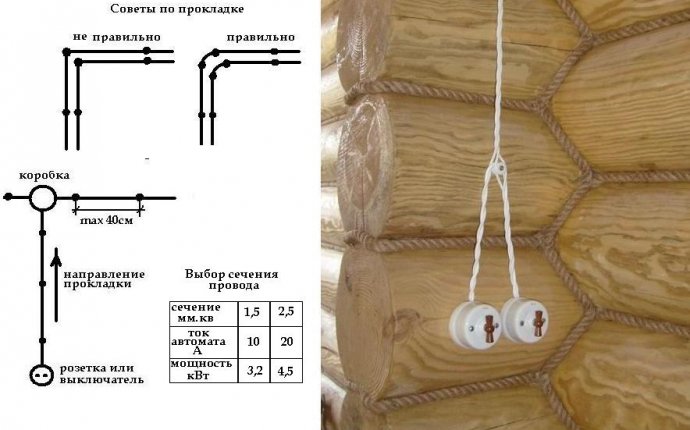
Methods Of Cabling
 The supply of a power cab in the land (in trenches) is most economical. To this end, cables armed with steel sheets with outer cover from the cable buckle are used. One tranche may not have more than six. The distance in the light between the cables shall be between 100 and 250 mm. If the cables belong to different organizations, the distance shall be increased to 0.5 m.
The supply of a power cab in the land (in trenches) is most economical. To this end, cables armed with steel sheets with outer cover from the cable buckle are used. One tranche may not have more than six. The distance in the light between the cables shall be between 100 and 250 mm. If the cables belong to different organizations, the distance shall be increased to 0.5 m.
The seating depth of the cab shall be not less than 0, 7 m and 1 m at the intersection of the road but not less than 0, 5 m from the bottom of the water drain. If these distances cannot be withheld, the cables shall be placed in the pipes or separated from each other by an unburdened partition.
If these distances cannot be withheld, the cables shall be placed in the pipes or separated from each other by an unburdened partition.
Distances (gabarity) from cable lines to engineering structures and objects are normalized. For example, cables may not be placed close to 0, 6 m from the building ' s foundation; 0, 5..1 m from the piping; 2 m from the heating; 3..10 m from the railways; 1 m from the side of the road; 10 m from the axis of the extreme wire and from the support of the VL above 1 kV; 1 m from the VL to 1 kV, etc.
If cables intersect with engineering installations, the mechanical protection of cables shall be established from the position. Most often for this cable, they put it in the pipes. These tubes shall allow the replacement of cables without interrupting the normal operation of the intersection.
 If cables are laid earlier than the construction, empty pipes for new cables shall be placed next to them at the expense of existing ones.
If cables are laid earlier than the construction, empty pipes for new cables shall be placed next to them at the expense of existing ones.
In cases where the dimensions cannot be maintained, and under a solid improved coating, the cables shall be placed in pipes and units. It's the least economical way to lay cables. Blokis are assembled from asbocemental concrete and ceramic tubes or special prefabricated iron concrete structures.
The units provide 10 per cent of the spare pipes or channels, but not less than one. Special wells shall be provided in the land when the trail is being turned and in the places of transition more than 10 cables. The same wells are also arranged in direct pipes or blocks. The distance between them depends on the permissible effort in the course of the cable.
In blocks of more than 50 m length, there are non-brominated cables with stacked lead seal (e.g. GTB). Armoured cables may be used in areas of up to 50 m long without outside cover.
A line with more than six cables should be built in tunnels and more than 20 in tunnels. There's stoves over the canals. Outside buildings and explosive installations, the canals fall asleep with sand or soil.













